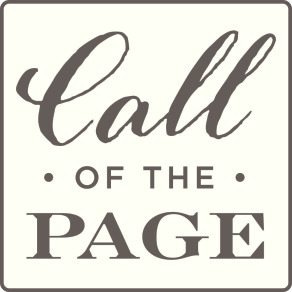The Seventeen Syllable Question
Traditionally, early Japanese haiku were written in a single vertical line. They wouldn’t always fit onto their alloted piece of paper, so they were sometimes broken into three vertical lines. Here lie the roots of haiku in English being written predominantly over three short lines.
The beats of Japanese writing are mostly shorter than English syllables. Traditionally, haiku were written in seventeen beats, and again this translated over (although not very well!) into early concepts of English haiku. Fourteen syllables is often plenty for English writers. Think about the word “through”. It takes quite a long time to say compared to the word “in” yet both are single syllables. So the important question regarding an English language haiku, that better matches the intent of the Japanese, is not “how many syllables”, but “does this poem have brevity and does it sound right?”
The very earliest Victorian translators (and even some modern dictionaries today) saw haiku as a seventeen syllable format. But it wasn’t many decades before translators and writers were prepared to move on, in order to satisfy other criteria of haiku, especially brevity.
However, the question of seventeen syllables persists in the “potted version” of what haiku is. I think the best way to describe the confusion is that two branches formed.
1) In general, writers who have taken an especial and deep interest in the haiku form have abandoned strict seventeen syllable adherence. This applies also to journal editors, and the specialist haiku organisations, like the British Haiku Society and the Haiku Society of America.
2) Writers who have specialised less in haiku have taken the seventeen syllable rule at face value, and are often very successful and widely published poets, putting great care and creativity into this work. These people will sometimes say that advocates of branch 1) above are "wrong".
Group 1) will often say that Group 2) are "wrong" and under-informed about what haiku really is.
Here at Call of the Page, we see merit in both seventeen- and non-seventeen-syllable haiku. When we teach the writing of haiku, we teach the complex, fascinating, layered, multi-aspect form that haiku is, but we don't feel we have a right to say other writers are "wrong". As a reader you are entitled to appreciate both. We do however like to ensure that when writing in seventeen syllables, it is because seventeen syllables is the right length for that particular poem; making it a good, English language, contemporary haiku.
Materials borrowed from the Call of the Page course Introducing... Haiku. For your personal use only, copyrighted and not for reproduction. Thank you!


